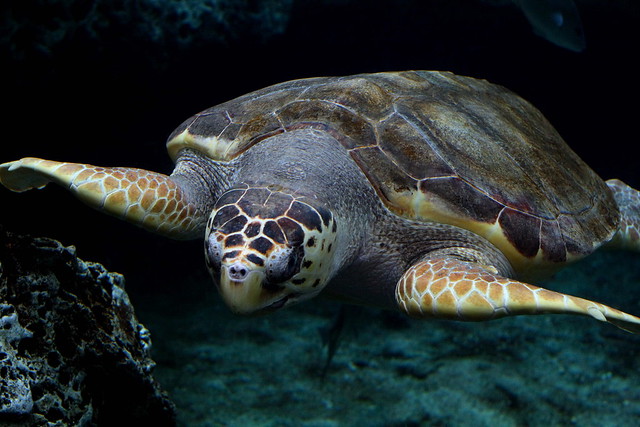The Chesapeake Bay is home to an incredible array of species in the water and above it.
Many of these creatures have been endangered but, thanks to the efforts of scientists and environmentalists, are coming back. Some have found a way to thrive alongside the human populations. The best way to explore and understand this massive estuary is on the water. Start with an Annapolis yacht charter and as you sail, stop around the bay to rent kayaks or canoes and see the flora and fauna up close. Here are a just a fraction of the animals you might encounter in different areas.
Blue crab: Perhaps the most famous native resident of the area is this distinctive crustacean, and if you don’t see them in the water (they prefer areas with vegetation cover), you will see them on every menu you encounter in the bay. In fact, Callinectes sapidus can be found all the way from Nova Scotia down to Argentina. Despite being heavily harvested as well as vulnerable to the many contaminants from the human population, the National Oceanic and Atmospheric Administration is not classifying it as overfished or endangered, but this condition is dependent on continued good fisheries management and the health of the bay. The males are the ones with the beautiful sapphire-colored claws, and interestingly, the males and females prefer different parts of the Chesapeake, with the mature males going farther up to the freshwaters and the females staying in the salty waters.
Glossy ibis: A chunky wading bird with a long, curved beak, the glossy ibis is another spring-to-fall resident of the Chesapeake. Its plumage changes depending on where it is in the mating cycle, and is in dramatic colors of chestnut, dark purple, and dark green until mid-summer. Shallow bay waters and marshes are where you’re most likely to see them probing for prey, including fiddler crab and aquatic invertebrates.
Loggerhead turtle: This pretty swimmer hangs out in the Chesapeake, south of Baltimore, during prime sailing season from May to November, so your chances of spotting one are high if you’re on an Annapolis yacht charter in the summer. They are the largest hard-shelled turtle and can weigh between 170 and 350 pounds. Do a little research before you go, as there are barrier islands in the bay that serve as nesting grounds. Loggerheads are endangered primarily because they get caught in fishing nets. If you’ve ever wondered where the “crying turtle” meme came from, loggerheads have glands near their eyes that allows them to drink salt water and excrete the salt.






















